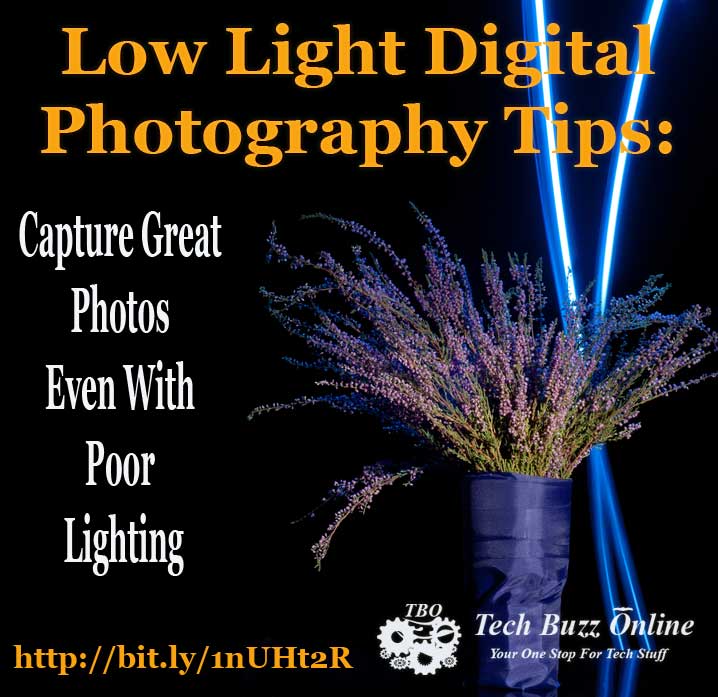
Low light digital photography – this is something that scares most photographers; not just the newbies but, in some cases even professional photographers panic to take photographs in dim or low lighting conditions.
When I say low light digital photography you most probably think about taking photographs at night, right? Well it need not be the case always!
You would have encountered poor lighting or low lighting conditions even during the day –
(i) say, you are to capture a picture near a building where the subject(s) stand(s) in the shadow of the building;
(ii) may be you are in the woods or you need to capture subjects who stand under a big tree that cuts most of the lighting;
(iii) may be the day is nearing the end and you can see everything around with your eyes, but the lens won’t seem to capture everything with clarity.
Given that lighting is something that is very important to get your photos at great quality, there is no wonder low light digital photos are really challenging.
But wait, I’ve got you covered. Let me share some really useful tips to help you great photos even in dim or dull lighting conditions.
High shutter speed helps with low light digital photography
If you pick up a camera that has the option to tune your shutter speed, you can avoid the blur effects that usually occur in low light digital photography.
Fast is a relative term here. The shutter speed you need to set depends upon the focal length of your lens. Usually 1/200th will get you covered.
Note that having high shutter speeds usually helps with clarity in low light – usually photos captured in dim light have that blur effect (you know that, don’t you?) – it is such an effect where you see your photos to be “OK” in the camera flip screen but they look with lesser clarity on a computer screen.
Tuning your shutter speed to a higher value helps with this issue.
Don’t rely on auto-focus for low light digital photography
You know, this is really common sense. The auto-focus feature in your camera simply won’t work in low lighting conditions. The camera cannot distinguish between the subject and the background if the lighting is very dim, or very poor.
This will result in really bad photos and unwanted blurs on the main subject. So make sure you turn off the auto-focus feature in your camera and use manual focus to get the desired result.
You may have to take a few shots with different levels of focus to see which one gets the best click!
Stabilize yourself
Make sure you hold your camera firmly. Hold the camera on your left palm and click with your right hand (if you’re a left-handed person, do just the opposite).
If you have to sit, make sure you kneel down on your right knee and fold your left leg to support your left hand that holds the camera (opposite for left-handed people).
If you are not comfortable or even confident with taking the shot with your hand, you should use a tripod!
You cannot be wasting time on trying to stabilize yourself when the sun is setting and you are losing light. And you cannot be inducing “new” blurs through your shaky posture while the low light might already introduce some blur!
Low light digital photography: Other tips
- Increase your camera’s ISO.
- Use a faster lens.
- A simple thing you can do is to try and place your subject close to a light source – this can be an artificial source, of course!
- Using a full-frame camera will help.
- Practice will make it better, as always.
- And oh, yes of course, the flash could be a life saver!
Got more low light photography tips? Share them in the comments!
